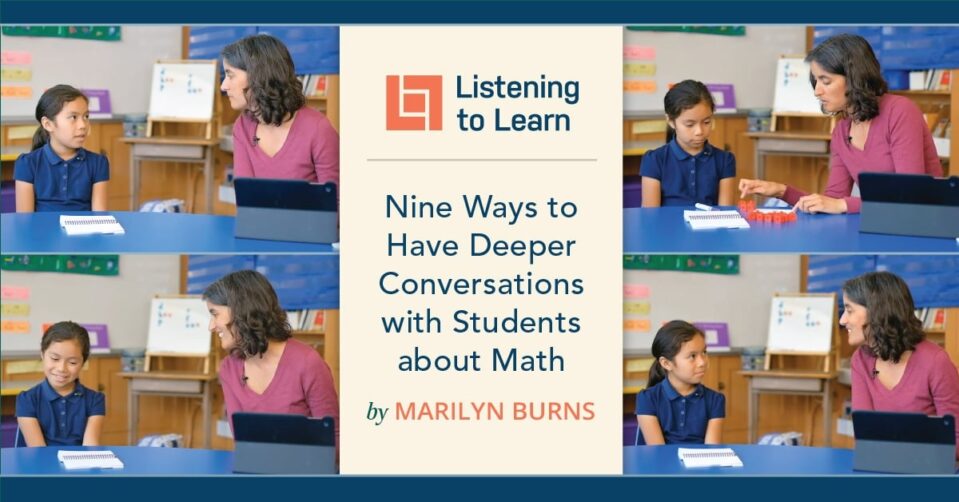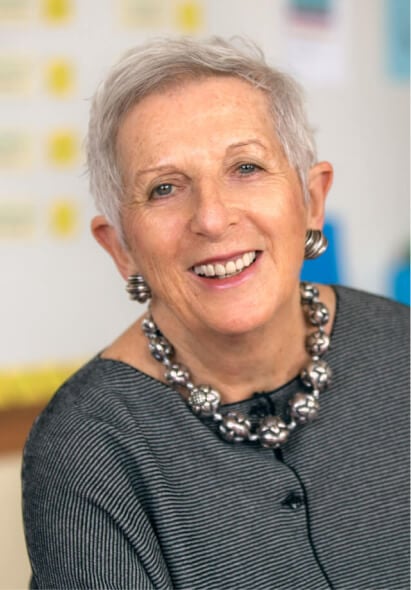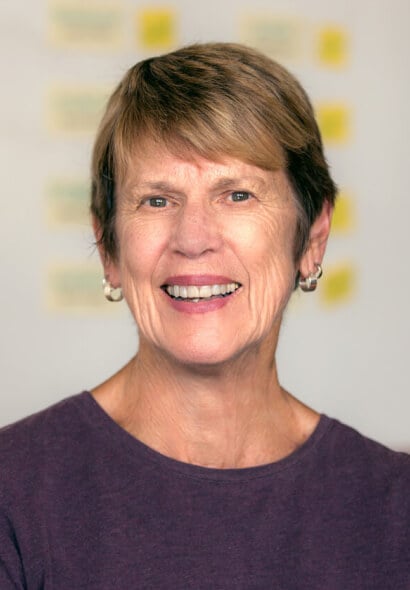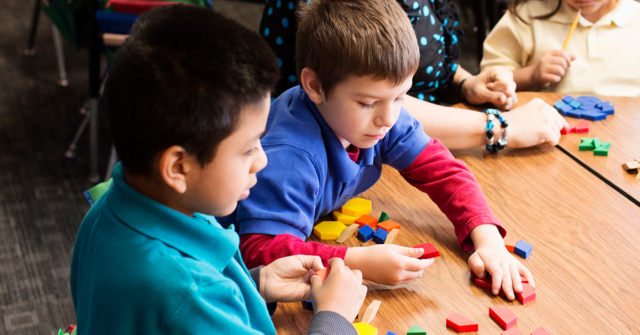
Listening to Learn is an exciting K–5 digital interview tool from highly respected educators Marilyn Burns and Lynne Zolli. Listening To Learn one-on-one assessments help teachers learn how their students reason numerically—the essential information they need to plan instruction. This blog comes from Marilyn Burns Math, where Marilyn regularly posts blogs, videos, and podcasts to help teachers help students learn math. Marilyn tweets at @mburnsmath.
In his column in The New York Times, “Nine Nonobvious Ways to Have Deeper Conversations,” David Brooks offers nine specific suggestions to help us think about connecting with people in meaningful ways. Inspired by his column, here I adapt his suggestions to address having meaningful and important conversations with K–5 students about math through Listening to Learn interviews. (First a math clarification: If you count, you’ll find out that I included only eight of David Brooks’s suggestions. That’s because I combined two of them into one.)
I begin with David Brooks’s first suggestion: Approach with awe.
Approach with awe
I expect surprises when I’m in conversations with students. Earlier in my teaching career, I always knew ahead of time what I hoped to hear from students when I asked questions. It was huge for me to make the shift from listening for what I hoped to hear to listening to what students actually said. When students come up with an explanation that surprises me or throws me a bit off balance mathematically, I listen with awe and keep my focus on understanding and appreciating how they are reasoning.
Be curious about students’ thinking
Here I combine David Brooks’s next two suggestions: Ask elevating questions and Ask open-ended questions. When we ask students to solve problems during our interviews, their solutions are only the starting place. Whether correct or incorrect, we always ask a follow-up question, “How did you figure out the answer?” This elevates the question and opens its emphasis in a new way. We make no judgment (as David Brooks cautions us against). During class instruction, I’m in teaching mode, and my typical student-teacher interaction focuses on helping, guiding, explaining, and showing. In contrast, during interviews, I shift to asking, listening, and learning how the students reason.
Make them authors, not witnesses
Math interviews are all about giving students the experience of exploring their own thinking as they figure out answers to numerical problems. David Brooks writes, “The important part of people’s lives is not what happened to them, but how they experienced what happened to them.” In math interviews, we’re interested in more than having students repeat what they’ve learned—we’re interested in how they apply and make use of what they’ve learned.
Treat attention as all or nothing
David Brooks recommends total focus, and I agree. In interviews, we want students to know that we’re interested in hearing and understanding their ideas. I also agree with his conclusion that the effect is magnetic, in the sense that it attracts and holds the student’s engagement. I’ve experience this many, many times during interviews. When students know that we’re interested in their ideas and how they think, they connect with us in ways that are often unique and special.
Don’t fear the pause
This rang true to me. I think of “the pause” that David Brooks describes as “wait time,” and I’ve learned the value of using wait time to give students time to think. During one-on-one interviews, long pauses are frequent, and I’ve learned not to interrupt. As long as I observe that students are thinking, engaged in working to make sense and organize their ideas, I wait patiently. That’s not so easy for us as teachers, but I’ve gotten better at it as I’ve experienced the benefits.
Keep the student front and center
This is an edit of David Brooks’s suggestion: Keep the gem statement front and center, which refers to resolving conflicts in conversation. In interviews, we ask students to explain their reasoning and my goal, always, is to keep the student front and center. A friend, also a teacher as many of my friends are, told me that her goal was to be sure that the students were the stars in her class. Gena was aware of the power and influence we have as teachers, and she wanted to be sure that her students knew that their school experience was all about them, that they were the stars in the classroom. I loved that then and I love it now.
Find the reasoning under the explanation
This is also a tweak from David Brooks’ next suggestion: Find the disagreement under the disagreement. When two people disagree, it’s important to be curious about each other’s positions and dig down to better understand each other. In a way, interviews are more like one-way conversations and, as the interviewer, I often try and dig deeply into a student’s thinking. I intentionally don’t express my point of view and I focus entirely on learning about the student’s point of view. After a student explains, I might ask, “Can you tell me more?” Or, “Would you please explain again so I’m sure I understand your thinking?” Or, “How would you explain to someone else how to figure it out?”
The midwife model
This is David Brooks’s last suggestion. I wasn’t sure at first that this related at all to my thinking about math interviews. After reading and rereading, I decided that it definitely does. His explanation relates to avoiding talking in order to solve someone else’s problem. He references Rev. Margaret Guenter who likens a good conversationalist to a midwife “helping the other person give birth to her own child . . . patiently listening to the other person teach herself.” He quotes the neuroscientist Tali Sharot who advises giving people a sense of control. That’s what we do in interviews. When teaching, we focus on helping students as needed. We teach. During interviews, our focus is on finding out how students think and why they reason as they do. Then we use this information for planning instruction and interacting with students during lessons.
A final note
In his conclusion, David Brooks wrote, “You can’t really know yourself until you know how you express yourself and find yourself in another’s eyes.” He goes on to say that deeper conversations build trust. I agree with both. For me, math interviews have been extraordinary opportunities, true gifts, to connect with students, learn how they think mathematically, and use what I learn to inform my teaching. I’m excited to share Listening to Learn.

Marilyn Burns is one of today’s most highly respected mathematics educators. Over the course of almost sixty years, Marilyn has taught children, led professional development sessions, spoken at conferences, contributed to professional journals, written a dozen books for children, and created more than twenty professional development publications for teachers and administrators. She is also a co-author of Do The Math, which is now available from Heinemann.

Lynne Zolli was a classroom teacher in the San Francisco Unified School District for over forty years and taught grades 1 through 6. She also was a mentor teacher, professional development leader, Math Solutions instructor, and conference speaker. Lynne is a grant writer, an author of Math Solutions professional books, and a co-author of Listening to Learn and Do the Math, both of which are available from Heinemann.


